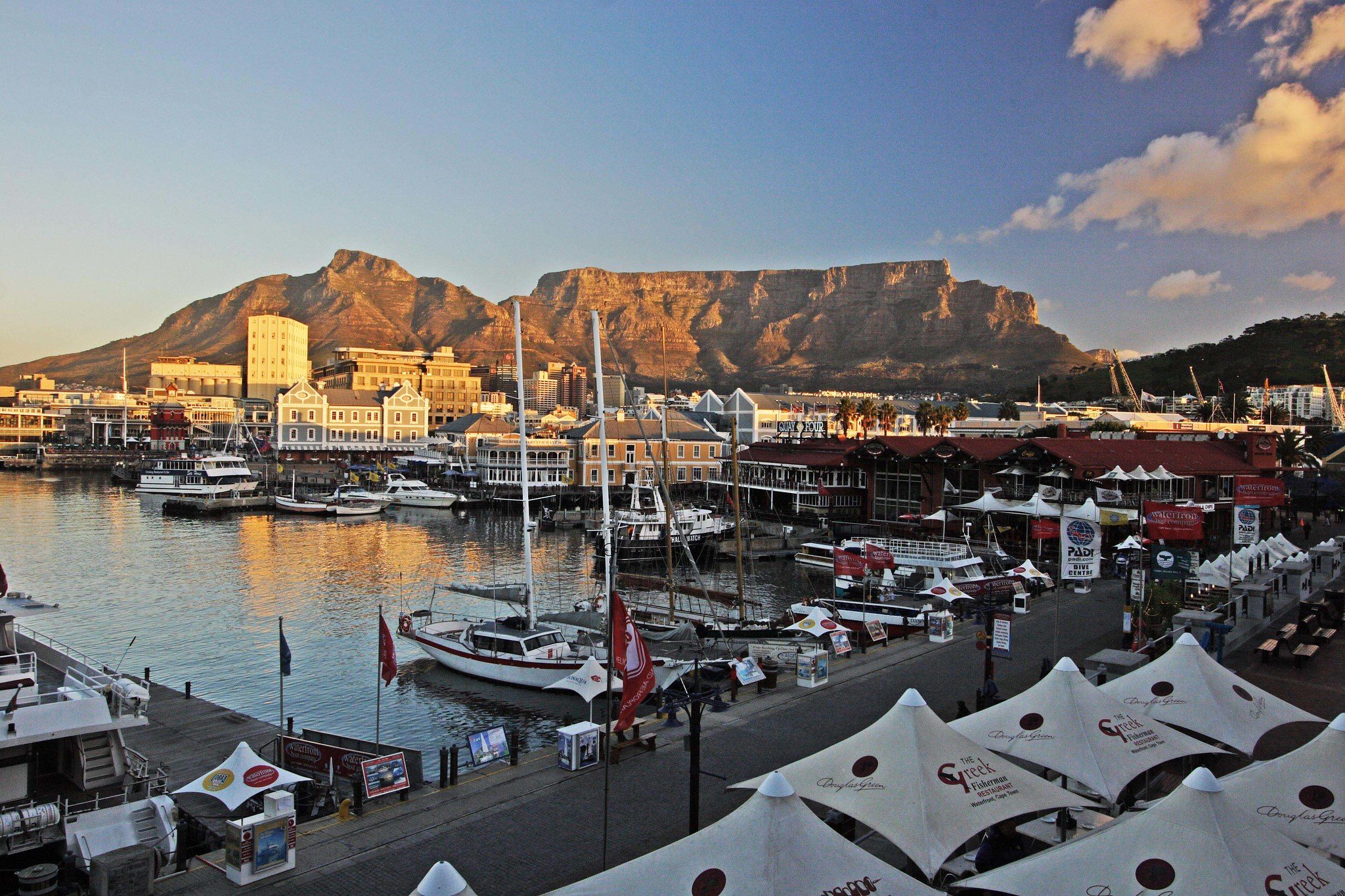
Western Cape
Government Structure and Role
Population: 7.4 million ( 2022)
GDP: ZAR$654 billion / US$35.9 billion
Geographic area (sq miles/kilometers):
129,449 km² / 49,981 sq mi
Major economic sectors: financial and business services, manufacturing, trade, community and social services, transportation and communication, agriculture, tourism
Government size – number of employees: 80,000
Governments & Jurisdictions: 30 municipalities, categorized into one Metropolitan municipality (the City of Cape Town), 5 rural District municipalities, and 24 Local municipalities.
Governance on Climate Change
Key laws and strategies
Western Cape has developed numerous plans and strategies to address climate change impacts across sectors that include:
Western Cape Climate Change Response Strategy – Vision 2050: a vision for a resilient Western Cape (2022), serves as an updated strategic guide building upon the foundation of the WCCCRS 2014, aiming to address an urgent 2030 deadline while planning a trajectory for strategic outcomes by 2050.
Western Cape Climate Change Response Strategy Implementation Plan (2023), aims to expedite the province’s climate response actions, detailing 50 responses to align with the strategy's objectives and the province's 2050 Vision.
Western Cape Climate Change Response Framework and Implementation Plan for the Agricultural Sector or SmartAgri Plan (2016), building on the WCCCRS 2014 and aligned with provincial strategic goals, provides a roadmap towards resilience for the agricultural sector to enhance productivity and sustainability, fostering innovation and resilience in response to climate change challenges.
Growth for Jobs Strategy (2023) is a whole-of-government, all-of-society economic growth strategy whose success requires the energy, commitment and allocation of resources from across government, the private sector and civil society towards realizing a better future. The Strategy is developed towards 2035 and has seven priority focus areas, of which two focus on Energy Resilience and transitioning towards net zero carbon and securing our water future.
15-year Western Cape Water Resilience Plan
5 Year Western Cape Sustainable Water Protection Plan
Internal governance structure
The Western Cape Government has tasked its Department of Environmental Affairs and Development Planning to lead on climate change governance with the support of the Department of Agriculture through an Inter-ministerial Climate Change Committee that will report into the Jobs Political Steering Committee and Jobs Management Committee. At a more technical level representation from all Departments and relevant agencies comprise the WC Climate Change Working Group – the latter functions to improve coordination of climate change (mitigation and adaptation) response in the Western Cape in the form of resilient, sustainable, quality and inclusive urban and rural settlements, ecological resources and agricultural resources. To this end, a dedicated Climate Change Directorate comprising five technical staff and an Agricultural Specialist Scientist works to mainstream climate change into service delivery of the provincial government and supporting stakeholders and partners. Many other departments have staff who are leading in projects that respond to climate change while not necessarily labeled Climate change projects. The Department of Agriculture also has a Disaster Risk Management unit working on all agricultural disasters, whilst there is also a transversal Provincial Disaster Management Centre which is well staffed.
Recent and Projected Impacts: MCAP Priority Climate Risks
Drought: With winter rainfall concentrated along the south-western region, the province relies heavily on critical dam infrastructure to store water for the summer growing season and for urban and industrial uses in the dry period. However, with 98% of surface water already allocated and due to the anticipated increase in water demand, the region grapples with mounting water stress, threatening agricultural productivity, livelihoods, and economic stability. Prolonged droughts, occurring cyclically but intensified by changing climate patterns, further strain water resources, exacerbating vulnerabilities and amplifying risks to ecosystems, food security, communities and economic sectors.
Wildfires: The heightened frequency and severity of wildfires, fueled by hotter, drier conditions and infestations of non-native trees increase threats to biodiversity, agricultural and other infrastructure, water and air quality, and communities.
Extreme Heat: With a projected 2-4℃ temperature rise, days with extreme high temperatures increase, placing human and animal health, agriculture, biodiversity and tourism at risk, and increasing the risk of wildfires. Increased water demand underscores the urgency of addressing water security in the face of worsening climate trends.
